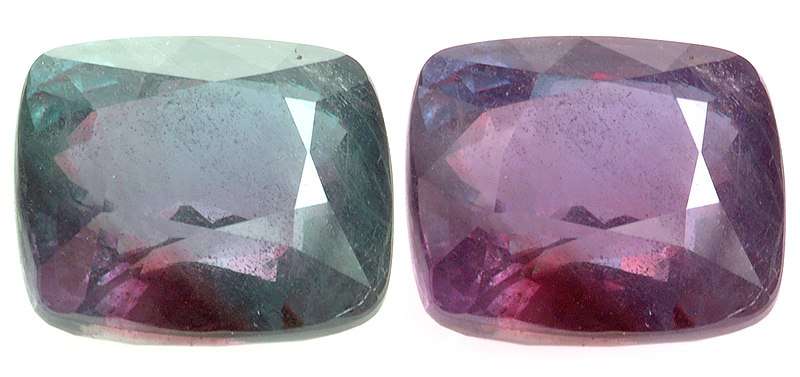
Appearance
The color of fine-quality alexandrite changes from green to bluish-green in daylight (high color temperature, relatively blue illumination) to red to purplish-red under incandescent light (high color temperature, relatively yellow illumination). Fine-color material is relatively rare, though.
Geographical Distribution
The countries of Madagascar, Brazil, East Africa, Russia, and Sri Lanka have the biggest amounts of Alexandrite.
History
Alexanderite’s contentious past began in Imperial Russia, when it was initially found in emerald mines close to the Tokovaya River in the Ural Mountains. When it was first discovered, the Finns thought it was an emerald until they noticed that it changed color in response to different light sources.
Alexander II is honored by the name of this gemstone, which was found on his birthday in 1834. Alexander became the official gemstone of Imperial Russia’s Tsardom because it’s red and green colors complemented Russia’s military colors.
Metaphysical Properties
Alexanderite’s contentious past began in Imperial Russia, when it was initially found in emerald mines close to the Tokovaya River in the Ural Mountains. When it was first discovered, the Finns thought it was an emerald until they noticed that it changed color in response to different light sources.

Chemical Composition
Alexandrite is a kind of chrysoberyl mineral, having the chemical formula BeAl2O4. The presence of trace levels of chromium is responsible for the gemstone’s distinctive color change phenomenon, which causes the stone to appear green in daylight or fluorescent light and crimson or purplish-red in incandescent light. The gemstone’s distinctive optical qualities are caused by color centers created when chromium ions replace part of the aluminum ions in the crystal lattice. Alexandrite may also include other trace elements like titanium, iron, and vanadium in addition to chromium.
Uses
- Alexandrite’s unique optical qualities and capacity to change color make it a popular gemstone for jewelry.
- Here are a few major applications for Alexandrite: Jewels: Alexandrite is frequently utilized in jewelry like necklaces, earrings, rings, and other pieces.
Table





